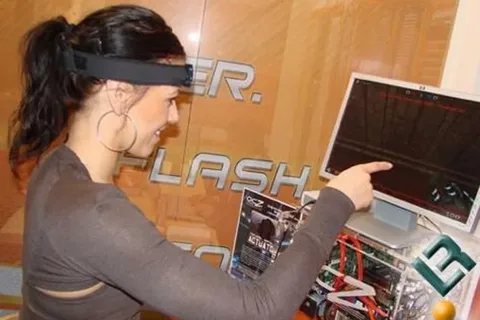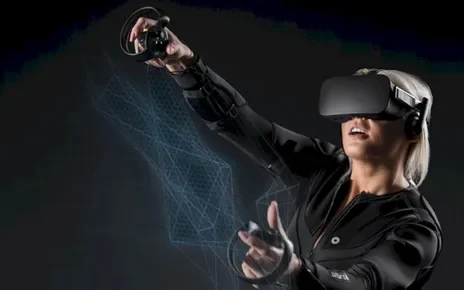In the ever-evolving landscape of gaming technology, one innovation stands out among the rest, promising to redefine the way we interact with our favorite virtual worlds. Mind-controlled gaming interfaces have emerged as the pinnacle of immersive gaming experiences, pushing the boundaries of what was once thought possible. In this article, we delve into the intricacies of this cutting-edge technology, exploring its potential impact on the gaming industry and the minds of avid gamers.
Unlocking the Power of the Mind
Neuroscience Meets Gaming
Imagine a world where your thoughts seamlessly translate into in-game actions – a reality made possible by the fusion of neuroscience and gaming technology. Mind-controlled gaming interfaces utilize electroencephalography (EEG) to capture brainwave patterns, translating them into commands that control in-game movements and actions. This revolutionary approach not only enhances the gaming experience but also opens new doors for individuals with mobility challenges, providing them with an unprecedented level of accessibility.
The Dawn of a New Era in Gaming
Immersive Gameplay Beyond Limits
Traditional controllers and interfaces have long been the norm in gaming, but the introduction of mind-controlled interfaces takes immersion to unparalleled heights. Picture navigating a virtual world with the sheer power of your thoughts, where the line between reality and the digital realm blurs. This level of immersion transcends the constraints of traditional controllers, offering gamers an experience that feels remarkably natural and intuitive.
The Rise of Mind-Powered Gaming Communities
As mind-controlled gaming interfaces gain traction, a new gaming subculture is emerging – one that revolves around the shared fascination for this groundbreaking technology. Online forums and communities dedicated to mind-controlled gaming have sprung up, fostering discussions, tips, and shared experiences. Gamers are not just playing; they are actively shaping the future of gaming through their collective exploration of the possibilities offered by mind-controlled interfaces.
Behind the Scenes: How Mind-Controlled Gaming Works
Decoding Brain Signals for Seamless Interaction
To comprehend the mechanics of mind-controlled gaming, one must understand the intricate dance of neurons within the brain. EEG sensors, strategically placed on the user’s scalp, capture electrical signals generated by brain activity. Sophisticated algorithms then decode these signals, translating them into commands that correspond to specific in-game actions. The result is a fluid and responsive gaming experience driven by the player’s thoughts.
Advancements in Neural Interface Technology
The success of mind-controlled gaming hinges on continuous advancements in neural interface technology. Developers are tirelessly working to refine EEG sensors, ensuring higher accuracy and reduced latency. Additionally, the integration of artificial intelligence (AI) algorithms plays a pivotal role, adapting to individual user nuances and enhancing the overall responsiveness of mind-controlled interfaces.
Challenges and Future Prospects
Navigating the Path to Mainstream Adoption
While mind-controlled gaming interfaces represent a groundbreaking leap in gaming technology, they are not without challenges on the road to mainstream adoption. Overcoming the stigma associated with the unknown and ensuring affordability will be key factors in the widespread acceptance of this innovative gaming approach. As technology continues to advance, addressing these challenges will become crucial to making mind-controlled interfaces a staple in every gamer’s arsenal.
Future Developments: Beyond Gaming Boundaries
The implications of mind-controlled interfaces extend far beyond the realm of gaming. Researchers are exploring applications in various fields, including healthcare, where mind-controlled technology could aid individuals with paralysis, providing them with newfound independence. As the technology matures, we can anticipate a ripple effect, influencing industries beyond gaming and enhancing the quality of life for individuals with diverse needs.
Conclusion: A Glimpse into the Future of Gaming
In conclusion, mind-controlled gaming interfaces mark a paradigm shift in the gaming landscape, offering a level of immersion and interaction that was once confined to the realm of science fiction. As these interfaces evolve, so too will the possibilities for gamers and individuals with unique needs. The future of gaming is not just in our hands – it’s in our minds.


